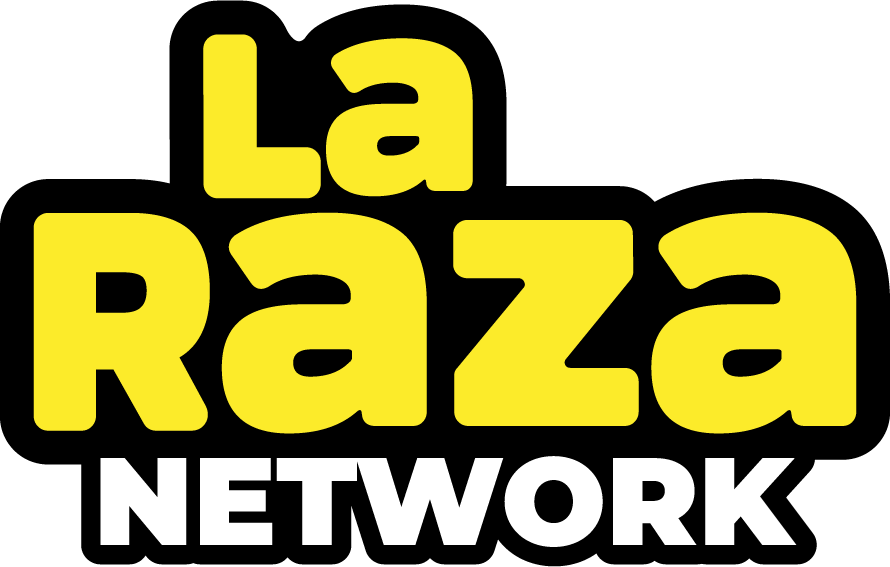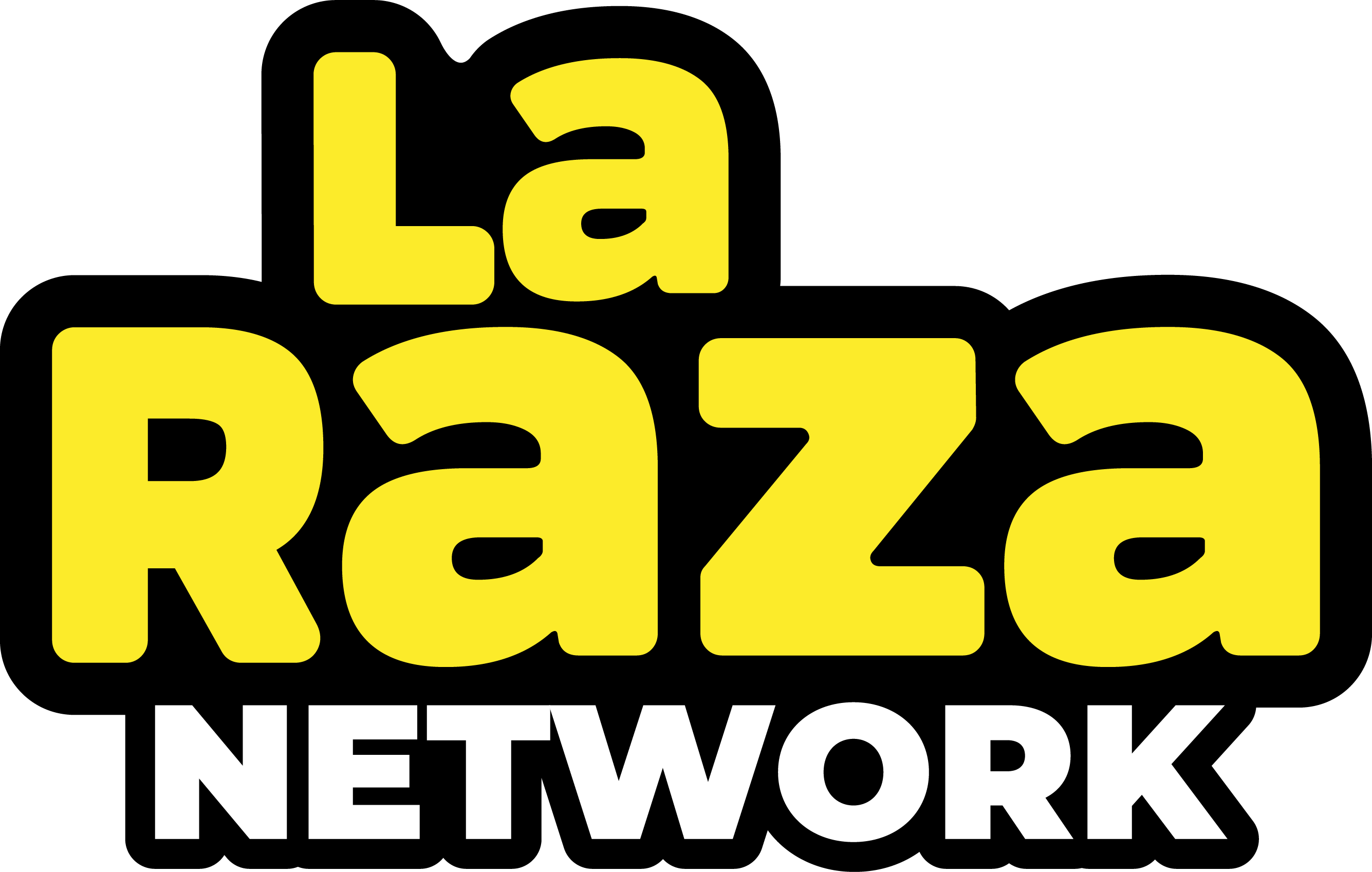The act put a 15-year recovery period for QIP and allowed filers to claim first-year depreciation for any QIP. This type of leasehold improvement gives the tenant authority to oversee the project, taking the burden off the landlord especially if the process is time-consuming. The landlord normally puts provisions in place in the lease that covers the budget of the tenant allowance improvement. Landlords may either pay the renovation/construction company directly or reimburse the tenant directly. While technically the cost is capitalized and amortized, it is acceptable to state it as “depreciation” as the difference in not meaningful. Conceptually, the two terms are intended for different types of assets (i.e. tangible vs. intangible) but are the same at their core.
- Whether it’s interior modifications, electrical upgrades, or complete office renovations, Varisco Design Build Group can provide expert guidance and high-quality services to bring your vision to life.
- The lease agreement states that the lessee must repaint the walls to their original color.
- As mentioned earlier, tenants are responsible for the cost of Tenant Improvements.
- Many leasehold improvements have a lasting impact and provide benefits beyond the current lease term.
- The health of the real estate market can greatly influence leasehold improvements.
Through the lease negotiation, Company B—the landlord—agrees to install shelving, a service counter for cash registers, and a display unit with special lighting before Store A opens its doors. Leasehold improvements are usually made to the interior of a property, such as the installation of new fixtures or the addition of equipment and furniture. For information pertaining to the registration status of 11 Financial, please contact the state securities regulators for those states in which 11 Financial maintains a registration filing. Leasehold improvements also act as a pivot in lease agreements, affecting negotiation strategies and financial responsibilities between the parties. They carry significant financial implications, affecting accounting practices and tax deductions.
What is Qualified Improvement Property?
It could also make the buyout at the end of the lease more attractive since the leased property is already customized for the entity’s business purposes. From an accounting standpoint, leasehold improvements are any modifications, enhancements or additions made by a tenant to their leased space (or the “leasehold interest”) that add business value. It is important to note that both AROs and leasehold improvements do not strictly apply to office space leases, but to all leased assets. An industrial gas production company that leases land and installs underground storage tanks on the site is an example of another ARO scenario. Within the lease terms, the lessor stipulated that the lessee is obligated to restore the site to its original condition prior to when the lessee took control of the leased land.
All of our content is based on objective analysis, and the opinions are our own. leasehold improvements play a crucial role in accounting, especially within the framework of the Generally Accepted Accounting Principles (GAAP). A company that has a call center might need small cubicles and telephones to be installed. A doctor’s office might need a series of consulting rooms with more open spaces for nurses and administrators. Any changes made are tailored to the specific needs of a tenant and make the space more attractive and appealing to them.
Taxation and Leasehold Improvements
The lease may also stipulate what leasehold improvements the allowance may cover. Make sure to talk to your tax advisors about whether or not your leasehold improvements are qualified for certain tax benefits and tax treatment. In this case, the landlord presents an improvement package or other options to the tenant.
Are There Any Downsides To Leasehold Improvements?
As tenants demand more customization and landlords seek to attract and retain quality tenants, the prevalence and complexity of leasehold improvements are likely to increase. The classification of leasehold improvements as Qualified Improvement Property (QIP) under IRS regulations has added benefits. QIP is any improvement made to an interior portion of a nonresidential building after the date the building was first placed in service.
Security Enhancements
PwC refers to the US member firm or one of its subsidiaries or affiliates, and may sometimes refer to the PwC network. This content is for general information purposes only, and should not be used as a substitute for consultation with professional advisors. Now, since the 2018 Tax Cuts and Jobs Act (TCJA), they are rolled into one and known as qualified improvement property (QIP).
Leasehold improvements play a significant role in landlord-tenant relationships and are typically a subject of negotiation in lease agreements. Leasehold improvement refers to modifications made to a rental property to tailor it to the specific needs of a tenant. Learn the benefits of bonus depreciation and other depreciation methods for Qualified Improvement Property.
Just like with the TIA, the tenant oversees the project and controls the lease improvements. Leasehold improvements, often referred to as tenant improvements, encompass modifications, enhancements, or alterations made to a leased space by the tenant or lessee. These improvements are typically undertaken to tailor the leased premises to the tenant’s specific needs and requirements. When a tenant makes leasehold improvements using a tenant improvement allowance, ASC 842 requires a different treatment than the previous accounting under ASC 840. Under ASC 842, a tenant improvement allowance is treated as a lease incentive that reduces the ROU asset. If the tenant improvement allowance is not yet received, the lease liability is also reduced in future minimum lease payments.
Our mission is to empower readers with the most factual and reliable financial information possible to help them make informed decisions for their individual needs. Our goal is to deliver the most understandable and comprehensive explanations of financial topics using simple writing complemented by helpful graphics and animation videos. We follow strict ethical journalism practices, which includes presenting unbiased information and citing reliable, attributed resources. At Finance Strategists, we partner with financial experts to ensure the accuracy of our financial content. Click here to extend your session to continue reading our licensed content, if not, you will be automatically logged off. These materials were downloaded from PwC’s Viewpoint (viewpoint.pwc.com) under license.







